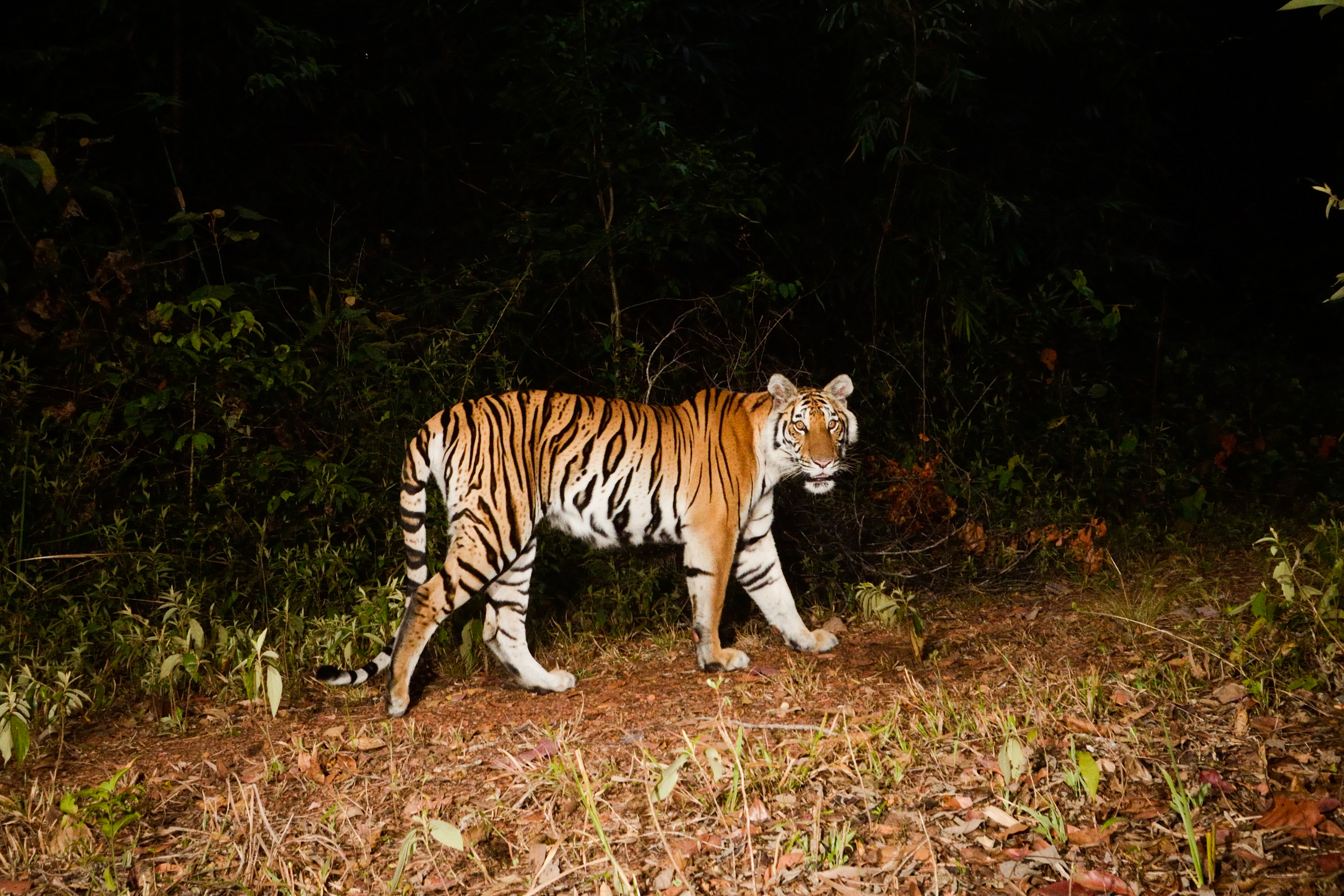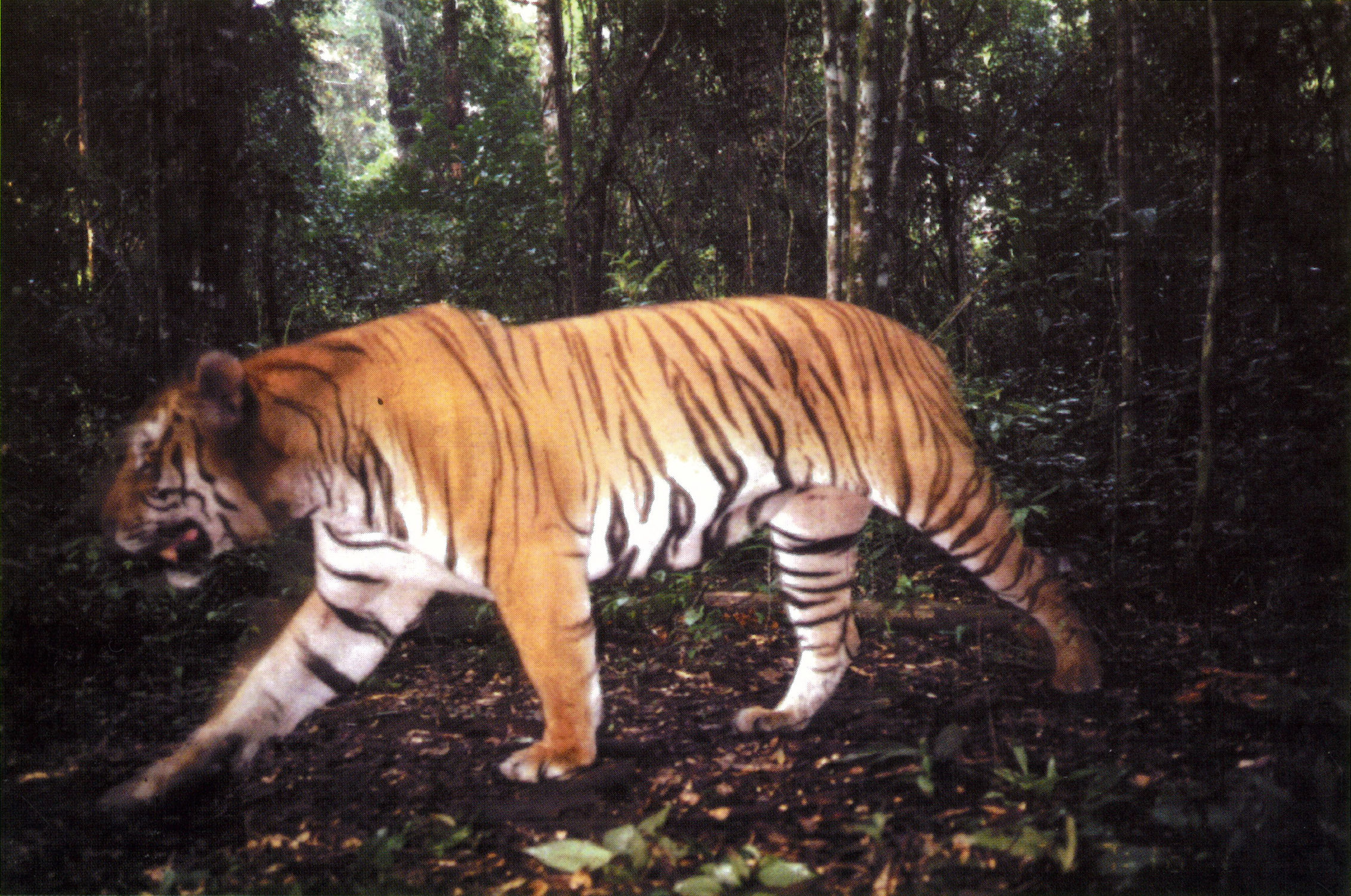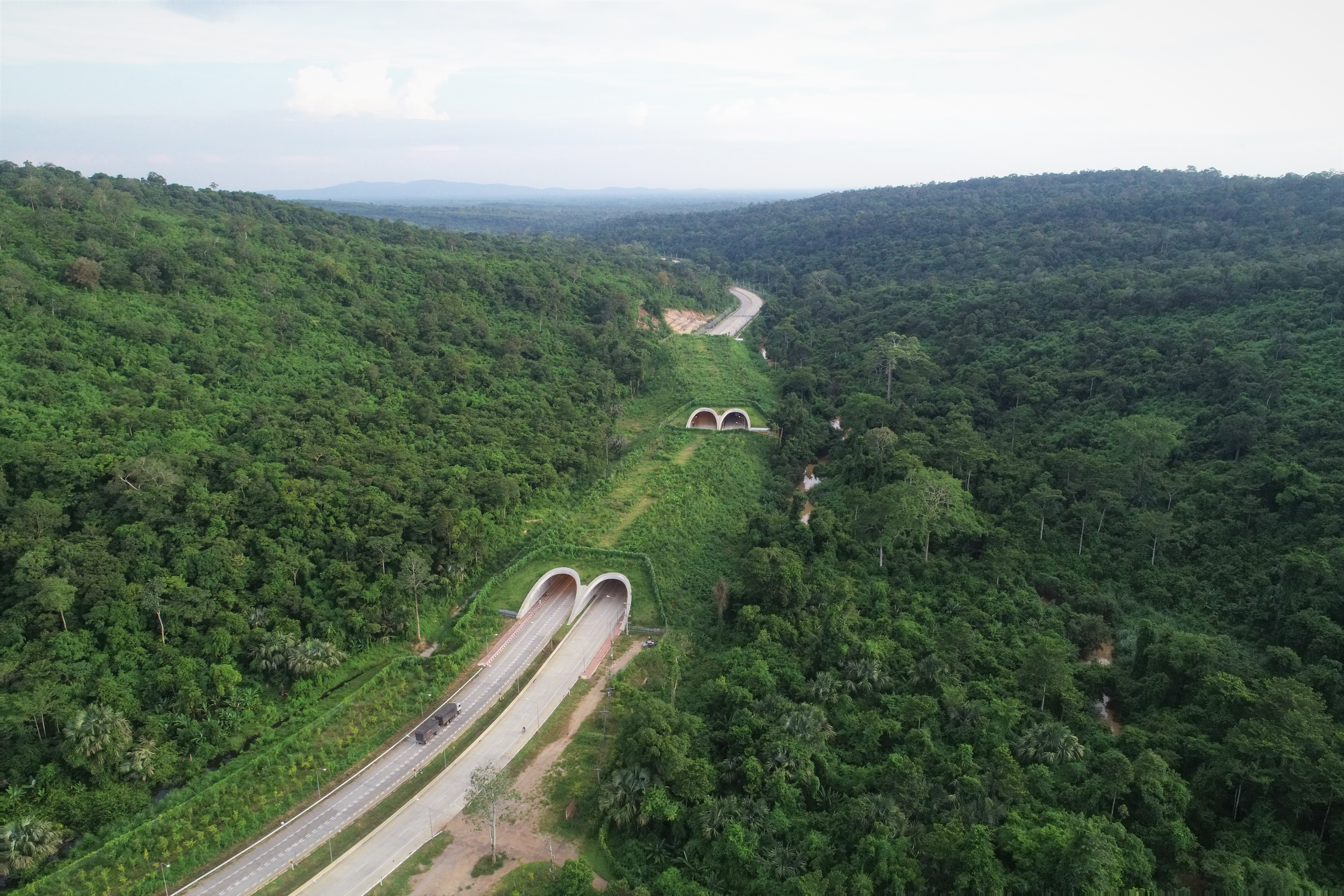The second largest protected forest complex in Thailand: Dong Phayayen – Khao Yai (DP-KY) is about 6,200 sq.km and composed of 4 national parks and one wildlife sanctuary including Khao Yai, Thap Lan, Pang Sida, Tha Praya National Parks, and Dong Yai Wildlife Sanctuary.

Tigers DP-KY can be recovered for 100 adult tigers if managed properly: If consider the same calculation tiger population of WEFCOM, DP-KY, with 6,200 sq.km, can hold approximately 100 adult tigers, 20 adult male tigers and 80 adult female tigers.

The last tiger in Khao Yai National Park: In 2001, the researchers set up camera traps in Khao Yai and captured only one tiger, which many people suspected the last tiger in Khao Yai. They have no tiger photographs from Khao Yai Since.

Hope for tiger recovery in Dong Phayayen: During 2018-2019 the researchers from Dong Phayayen-Khao Yai Wildlife Research Station captured about 18 adult tigers in the area in the middle of Dong Phayayen side, including Thap Lan, Pang Sida, Ta Praya National Parks and Dong Yai Wildlife Sanctuary. This gives a high hope for conducting tiger recovery in DP-KY.
Recovering tiger prey is the most important goal for recovering tigers in Dong Phayayen-Khao Yai: The effort to recover tigers and prey in DP-KY has evoked movements of various sectors in Thai society. The National Science and Technology Development Agency (NSTDA) has recognized the importance of the efforts and supported the coordinated endeavor led by Faculty of Forestry, Kasetsart University for a 5-year project (2018-2022) aiming for habitat improvement for boost up food sources for tiger prey, especially gaur, banteng, and sambar in Thap Lan and Pang Sida National Parks. If successful, it will help speed up the tiger recovery process in DP-KY.

Thailand first wildlife corridor for tiger and other wildlife: In 2019 the Department of Highways opened the first wildlife corridor worth US$40 million linking Khao Yai and Thap Lan National Parks. In the near future we hope that tigers from Thap Lan will be recovered and use the wildlife corridor to cross from Thap Lan to Khao Yai National Parks.
Thap Lan is Thailand’s second-largest park and one of the last intact habitats for a suite of threatened and endangered species: elephants, Asiatic bears, clouded leopards, banteng, gaur, sambar, Malayan sun bears, hornbills, and over 800 other vertebrate species. Thap Lan is at the heart of the Dong Phayayen - Khao Yai Forest Complex, a 595,700-hectare cluster of five contiguous national parks and a globally important biodiversity hotspot. This area, a UNESCO World Heritage Site, contains the last substantial piece of Southeastern Indochina dry evergreen forests in the world. It is one of the rare forest landscapes in Thailand that supports two species of globally endangered gibbons—pileated and white-handed. Intriguingly, scientists think that the depths of these poorly-explored forests, with their vast valleys, deep chasms, and thundering waterfalls, might still contain one of the world’s most endangered mammals.